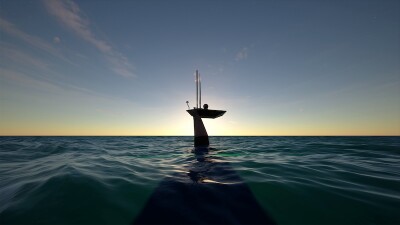There’s renewed discussion of the need for the U.S. Coast Guard to revise its system for reporting marine accidents, by standardizing the requirements across Coast Guard districts and generating usable, actionable information.
It started with Dennis Bryant’s column on the shortcomings of the Coast Guard reporting system. “The majority of its informal investigations are never closed. Those that are closed are seldom read again,” wrote Bryant, a retired Coast Guard captain and consultant on marine regulatory compliance. “Lessons that might have been learned from marine casualties are rarely shared with the maritime industry.”
Longtime Congressional staffer and marine safety expert John Cullather chimed in on his U.S. Maritime Safety Network blog that "Perhaps the Coast Guard should gather more information about a casualty – not just ‘data’ about time, place, and who was involved."
Bryant’s commentary struck a chord that’s already been vibrating for some time in the maritime industry. In 2012 Capt. Alan Bernstein wrote in WorkBoat about the confusing and contradictory use of accident reporting:
All this must sound awfully familiar to anyone in commercial fishing. After the Coast Guard’s commercial fishing vessel safety task force of 1999 came out with specific recommendations for safety improvements, WorkBoat’s sister publication National Fisherman began running “Consequences,” a column about lessons learned from Coast Guard accident files, that continues to this day.
“The National Institute for Occupational Safety and Health (NIOSH) has delved into the Coast Guard’s casualty reports and prepared an excellent analysis of casualties and injuries on commercial fishing vessels,” Cullather wrote.
The Coast Guard has done a lot with this information to find and fix recurring problems in the fishing fleets. But the next frontier is building a similar system for other commercial marine sectors. For example, “the data in the casualty reports were not particularly helpful in identifying the types of problems that should be addressed for towing vessels under the new Subchapter M regulations,” Cullather says.




